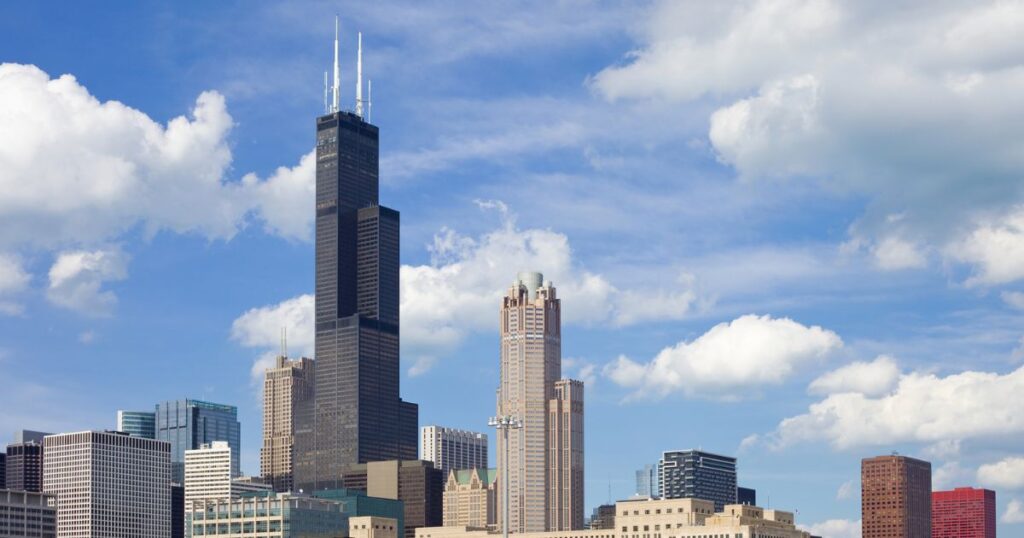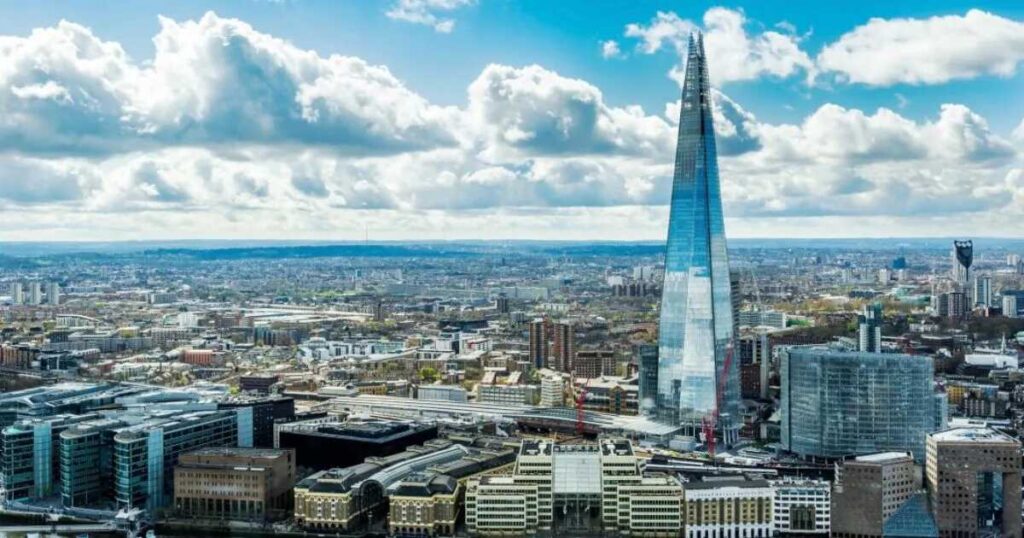Ever wondered just how far 500 meters really is? Whether you’re trying to visualize half a kilometer or wrap your head around 1,640 feet, this guide breaks down this distance using real-world examples and famous landmarks. From iconic skyscrapers to engineering marvels, we’ll explore structures that help bring this measurement to life.
How Big is 500 Meters Visually?
Understanding the scale of 500 meters becomes much easier when we compare it to everyday references. For sports enthusiasts, imagine walking around a standard athletic track five times – that’s your 500 meters right there. Football fans can picture four NFL fields laid end to end, plus a little extra. These familiar comparisons help ground this measurement in reality, making it more than just a number on paper.
Walking this distance at a comfortable pace typically takes about 5-7 minutes, depending on your speed. At an average walking speed of 5 kilometers per hour (roughly 1.4 meters per second), it’s a distance that most people cover in their daily activities without giving it much thought.
Things That Are 500 Meters Long or Big
Let’s explore some remarkable structures and landmarks that help us understand this impressive measurement. Each example offers a unique perspective on just how significant 500 meters can be in our built environment.
1. Taipei 101

Standing at 508 meters, Taipei 101 in Taiwan slightly exceeds our target measurement. This architectural masterpiece held the title of world’s tallest building from 2004 to 2010 and features an innovative tuned mass damper system that helps stabilize the structure against strong winds and earthquakes.
2. Marina Bay Sands Singapore

The iconic Marina Bay Sands development spans approximately 490 meters across its three towers and connecting SkyPark. While not exactly 500 meters, this integrated resort complex helps visualize our target measurement through its horizontal rather than vertical span.
3. Triple the Height of the Singapore Flyer

Standing proudly at 165 meters, the Singapore Flyer offers breathtaking views of the city-state’s skyline. When we multiply this height by three, we reach 495 meters – just shy of our target measurement. This observation wheel, a marvel of modern engineering, helps us comprehend vertical distances in an engaging way.
4. 1.5x the Height of Eiffel Tower

The Eiffel Tower, Paris’s beloved landmark constructed in 1889, reaches 324 meters into the sky. Multiply this height by 1.5, and you’ll get 486 meters, remarkably close to our 500-meter mark. The tower’s intricate iron lattice design and historical significance make it a perfect reference point for understanding monumental heights.
5. Willis Tower (Formerly Sears Tower)

Instead of the incorrectly cited BancFirst Tower, let’s look at Chicago’s Willis Tower. Standing at 442 meters, this architectural marvel helps us understand just how impressive 500 meters truly is. Its observation deck offers visitors a chance to experience heights that approach our target measurement.
6. Canton Tower

Replacing the unverified QueenB Television Tower, Guangzhou’s Canton Tower reaches 600 meters, providing an excellent reference point for understanding 500 meters. This communications and observation tower showcases modern architectural capabilities while serving practical broadcasting purposes.
7. 1.6x The Shard London Height

London’s The Shard, designed by renowned architect Renzo Piano, rises 310 meters above the city. Multiplying this height by 1.6 brings us to 496 meters, demonstrating how this modern marvel helps conceptualize our target measurement. The building’s mixed-use design exemplifies contemporary urban development.
8. Triple the Height of the Washington Monument

At 169 meters tall, the Washington Monument stands as America’s tribute to its first president. Triple this height, and you’re looking at 507 meters – slightly exceeding our target measurement. This obelisk’s clean lines and historical significance make it an excellent reference point for Americans trying to visualize 500 meters.
9. Twice the Height of the Golden Gate Bridge

The Golden Gate Bridge, spanning the majestic San Francisco Bay, stands as one of America’s most iconic structures. With its main towers reaching 227 meters above the water, imagining them doubled gives us a close approximation of 500 meters. The bridge’s total length, supported by cables containing an astounding 80,000 miles of wire, demonstrates the scale of human engineering achievement.
10. CN Tower Toronto

Rather than the vaguely referenced Richland Towers, Toronto’s CN Tower stands at 553 meters, offering a more precise comparison for understanding 500 meters. This communications and tourism hub has defined Toronto’s skyline since 1976, making it an excellent reference point.
11. Eureka Tower

Melbourne’s Eureka Tower reaches 297 meters, and while multiplying this by 1.7 slightly exceeds our target at 505 meters, it provides another useful benchmark. As Australia’s second-tallest building, it helps demonstrate how 500 meters compares to modern residential architecture.
12. Shanghai World Financial Center

At 492 meters, the Shanghai World Financial Center nearly matches our target measurement. Its distinctive design, featuring a trapezoid aperture at its peak, has become a symbol of China’s economic prowess and architectural innovation.
Understanding Scale Through Movement
Walking 500 meters offers a practical way to grasp this distance. Whether you’re strolling through a park or navigating city streets, this journey takes most people 5-7 minutes at a typical walking pace. This everyday experience helps connect abstract measurements to tangible physical activity.
Impact on Urban Development
Modern cities increasingly incorporate structures approaching or exceeding 500 meters, demonstrating humanity’s growing architectural capabilities. These megastructures not only serve practical purposes but also become landmarks that define city skylines and cultural identity.
Read More:
10 Things That Are 500 Feet Long/Big
12 Common Things That Are 10 Feet Long
FAQ’s
How Far is 500 Meters to Walk?
Walking 500 meters is about the same as taking a lap around five athletic tracks or crossing four football fields. For most people, this is a comfortable distance that you might walk between subway stops or through a shopping mall. Think of it as a quick 5-minute stroll that’s perfect for clearing your mind or getting some light exercise.
How Far is 500 Meters in Minutes?
At a normal walking pace, most adults cover 500 meters in about 5-7 minutes, moving at roughly 5 kilometers per hour. This timing can vary based on factors like whether you’re walking through a crowded city street or on a clear path. If you’re walking briskly or jogging, you might cover this distance in 3-4 minutes, while a leisurely window-shopping pace might take 8-10 minutes.
Conclusion
From historic monuments to modern skyscrapers, 500 meters represents a significant measurement in our built environment. Whether viewed through the lens of athletic tracks, iconic towers, or daily walks, this distance helps us understand the scale of human achievement in architecture and engineering. As cities continue to grow upward and outward, these reference points become increasingly valuable for comprehending the spaces we create and inhabit.
Whether you’re a professional photographer or just love taking pictures, Photosfile offers a seamless solution. From advanced search features to secure storage, it covers all your needs. Imagine never losing track of a special moment again. Photosfile ensures your memories are always safe and accessible. Ready to learn more about how Photosfile can help you? Keep reading to discover its amazing benefits.
